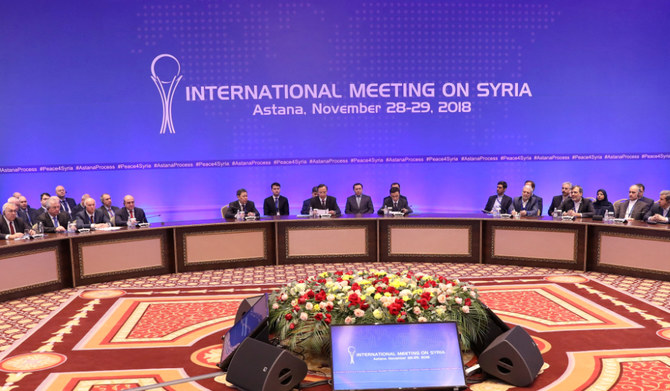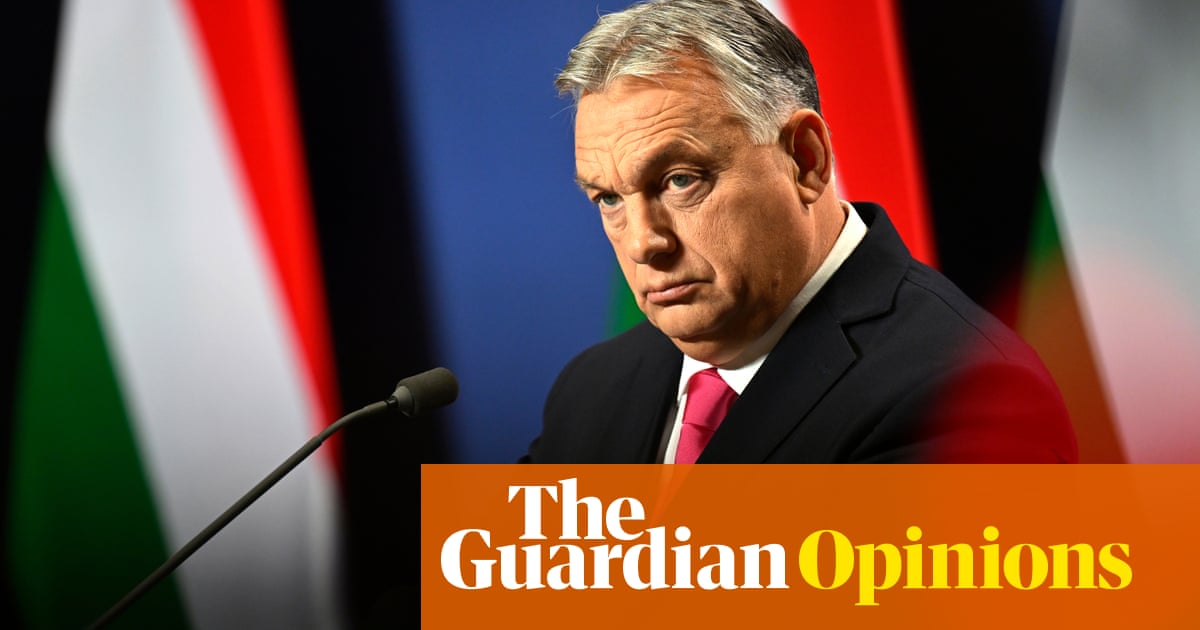
The oft-maligned Donald Trump deserves no small amount of credit for radically altering American tactics in the face of North Korea’s headlong pursuit of nuclear weapons. The Clinton, Bush, and Obama administrations took the easy way out, eschewing the dangerous options that just might have stopped Pyongyang, Kim Jong Un and his predecessors from acquiring a nuclear capability, a fact which certainly does not make the world any safer.
To now hear Trump’s critics — many from these do-nothing administrations — attack him, is the height of hypocrisy. This is especially so since their irresponsibility is, in large part, the reason we find ourselves in the current mess.
The Trump White House, in its characteristic disruptive manner, has done something unprecedented. Dramatically flouting all prior conventions, Trump has reached out to the Supreme Leader himself, meeting Kim face-to-face on three occasions in an effort to build mutual trust so as to shake up the log-jammed diplomatic track.
Summits in Singapore (in June 2018), Hanoi (in February 2019) and a meeting at the intra-Korean border (June 2019) all provided a stark and welcome contrast from the endless, futile multilateral working group meetings of the preceding decades, which amounted to much ado about nothing.
But it is vital to remember that only American tactics have changed, not American strategy. The US still calls for the complete, verifiable destruction of the entirety of the North Korean nuclear program. Only after that will it go into discussions about ending the sanctions that have further crippled North Korea’s already minuscule economy. On the other hand, for Pyongyang, “denuclearization” clearly means ridding the Korean Peninsula of all nuclear weapons.
In practice, the Kim regime has instead called for an optics-heavy warming of relations, with the best-case scenario being partial denuclearization of its program in return for (at the same time and not later) significant sanctions relief. In other words, the two sides have never meant remotely the same thing by “denuclearization.” Conceptually, there is no agreement anywhere in sight.
North Korea would be endlessly easier to manage if it had been stopped short of the nuclear threshold. This is food for thought when dealing with an overly grandiose Iran.
Dr. John C. Hulsman
This crucial point has been lost in the good vibrations that have supplanted the earlier blood-curdling rhetorical threats lobbed back and forth during the first two years of Trump’s presidency. Further, a de facto truce — ironically based around a Chinese idea — cooled things off for a while.
In essence, the plan was beguilingly simple. The US and its South Korean allies would halt their regular joint military training exercises (which North Korea fears are directed against it as the putative enemy) and in exchange Pyongyang would stop its nuclear missile tests.
But following the failure of the February 2019 Hanoi summit — which broke down after Trump’s refusal to offer North Korea partial sanctions relief in return for Pyongyang shuttering its Yongbyon nuclear site (the country’s major, but not sole, fuel production facility) — the freeze-for-freeze truce has gradually come unstuck.
Frustrated at the lack of economic relief that has followed his dramatic opening to the US, Kim has inched back toward crisis, conducting limited-range ballistic missile tests in July and August. Determined to recapture the president’s wandering eye, which has moved toward the more existential conflict with China, Pyongyang has again upped the strategic ante.
On the other hand, the US, too, has drifted away from freeze-for-freeze truce, quietly resuming joint military exercises with South Korea in November 2018. And with each optical success of Trump and Kim meeting, from Singapore to Hanoi to the Panmunjom border, there has been ever less substantively to show for it. For example, in June at Panmunjom, Trump and Kim vowed to kick-start the nuclear negotiations. Since then no known meetings between the two sides at any level have taken place. The atmospherics may be better, but nothing of substance has been achieved.
Kim, because his economy and therefore his survival is on the line, is acutely aware of this in a way the too-easily-distracted president may not be. Frustrated, and aware his country is no longer top of the world’s headlines, Kim’s regime has vowed to re-start long-range nuclear testing at the end of 2019. Given his reliance on the North Korean military for his continued survival, and desperate to save face, it would be a great mistake not to take the Supreme Leader at his word. The North Korean nuclear crisis is far from over.
But one final point needs making, one with direct implications for the brewing conflict with Iran. A major reason that this crisis is so devilishly hard to resolve is that Pyongyang, due to American diplomatic sleepwalking over decades, already has a nuclear capability. North Korea would be endlessly easier to manage, even if all the political risk choices remained bad, if it had been stopped short of the nuclear threshold. This is food for thought when dealing with an overly grandiose Iran.












